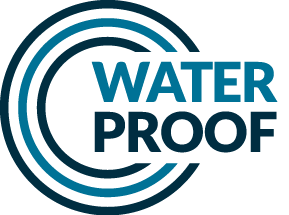Animation salt marsh Terschelling
Animation that shows during two tidal cycles the filling and emptying of the area where the salt marsh of Terschelling is developed. The colours denote the flow velocity in m/s and the black arrows indicate the flow direction of the current. The black lines with numbers indicate depth in meters. The small graph shows the water level at the coloured magenta point in the model. This animation is an example of a computation that can be done using Delft3D. The results of this model have been used in the study that optimised the design of the salt marsh at Terschelling.
Animation Ems-Dollard estuary
Animation showing flow velocities and water levels in the Ems-Dollard estuary during two tidal cycles. The colours denote the flow velocity in m/s and the black arrows indicate the flow direction of the current. The small graph shows the water level at two locations (black and red points) in the model. The black point is located at sea whilst the red point is located in the estuarium. The small graph clearly highlights the resulting difference in water level.is het verschil in waterstand te zien. This animation is an example of a computation that can be done using Delft3D.
Animation Dutch coast
Animation showing flow velocities and water levels along the Dutch coast during two tidal cycles. The colours denote the flow velocity in m/s and the black arrows indicate the flow direction of the current. The small graphs indicate the water levels at several locations in the model. Each small graph shows the water level at a seaward location and at a location near the coast, highlighting the difference in water level. This animation is an example of a computation that can be done using Delft3D.
Animation tidal propagation North Sea
3D animation showing the tidal propagation in the North Sea and on the Continental shelf during two tidal cycles. The colours denote the water levels and due to the 3D effect it is clear where the tidal amplitudes are largest. Apart from that the water levels are plotted at several locations in the model to indicate the large differences in water level that exist in the model. This animation is an example of a computation that can be done using Delft3D.


